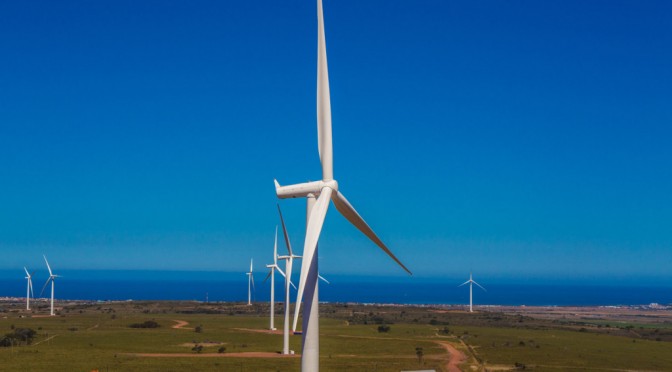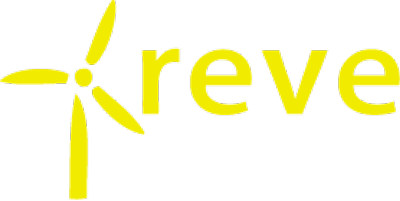South African will need to construct some 5 000 new large wind turbines by 2030 for the country to achieve the renewable energy goals included in the government’s electricity generation masterplan.
The plan, published in mid-October, states that between 2022 to 2030 SA will add 1 600 MW of additional wind power capacity to SA’s generation mix every year, or 14 000 MW of new capacity in total. This is in addition to the 1 362 MW of capacity that has already been contracted for between 2019 and 2021.
According to the South African Wind Energy Association (SAWEA), 1 600 MW of nameplate capacity per year equates to roughly 640 wind turbines* coming online every year for nine years.
How much is 1 600 MW? Its roughly the size of a smallish coal-fired power station, such as Hendrina in Mpumalanga. If all goes to plan, by 2030 there will be a total of 17 742 MW of installed wind power capacity in SA.
The proposed installation of over 14 000 MW of additional nominal wind power is projected to give the local manufacturing industry a major boost. While some of the components for wind turbines are currently built in SA – such as the steel towers, concrete towers and tower internals – the rest are imported, including the blades, according to SAWEA
SA will need to install over 5 000 wind turbines with 15 000 blades – provided the size of each turbine stays constant at 2.5 MW.
“With a consistent market of 1.6GW per annum, the industry has an opportunity to localise more components including wind turbine blades. This will require a consistent pipeline of projects and that we don’t return to the stop-start procurement style that we have seen in the past,” states the association.
But for SAWEA the start date of 2022 for the first batch of new turbines to feed into the grid is “optimistic”, considering that the new capacity has not been contracted for yet. A lead time of roughly three years to bid for, plan, transport, construct and install wind turbines means time will be tight. “For this capacity to start coming on line by 2022 government would have to move swiftly into procurement.”
The Integrated Resource Plan – released by Mineral Resources and Energy Minister Gwede Mantashe on October 18, is one of three major economic documents made public last month as the SA government seeks to promote certainty about plans to kickstart the struggling economy. The other two major policy documents are Eskom’s latest turnaround plan, and the latest version of Treasury’s economic growth plan, released by National Treasury on the same day as Finance Minister Tito Mboweni delivered his mid-term budget.
According to the IRP, the share of electricity SA generates from coal will decline over the next decade as plants are decommissioned. By 2030, coal will be providing an estimated 58.8% of SA’s daily energy needs and wind a projected 17.8%.
SAWEA board member Ntombifuthi Ntuli told Fin24 the association was happy with the recognition that wind energy will play a key role in SA’s energy mix. “With the bulk of the increase coming from renewable source and 18% wind, it is a promising sign for our country as it faces pressure to reduce its carbon emissions and provide cheaper power.”
But while wind farms are faster to build than coal-fired power plants, the process still takes roughly three years.
According to Ntuli, the time period from construction to commercial operation for a wind farm is between 18 to 24 months. But another 18 months, give or take, should be budgeted for in period leading up the start of construction. During this period tenders are issued, bids are written and power purchase agreements signed. This means that, in total, from the initial request for proposal to the completion, a windfarm can take 36 months or more.


